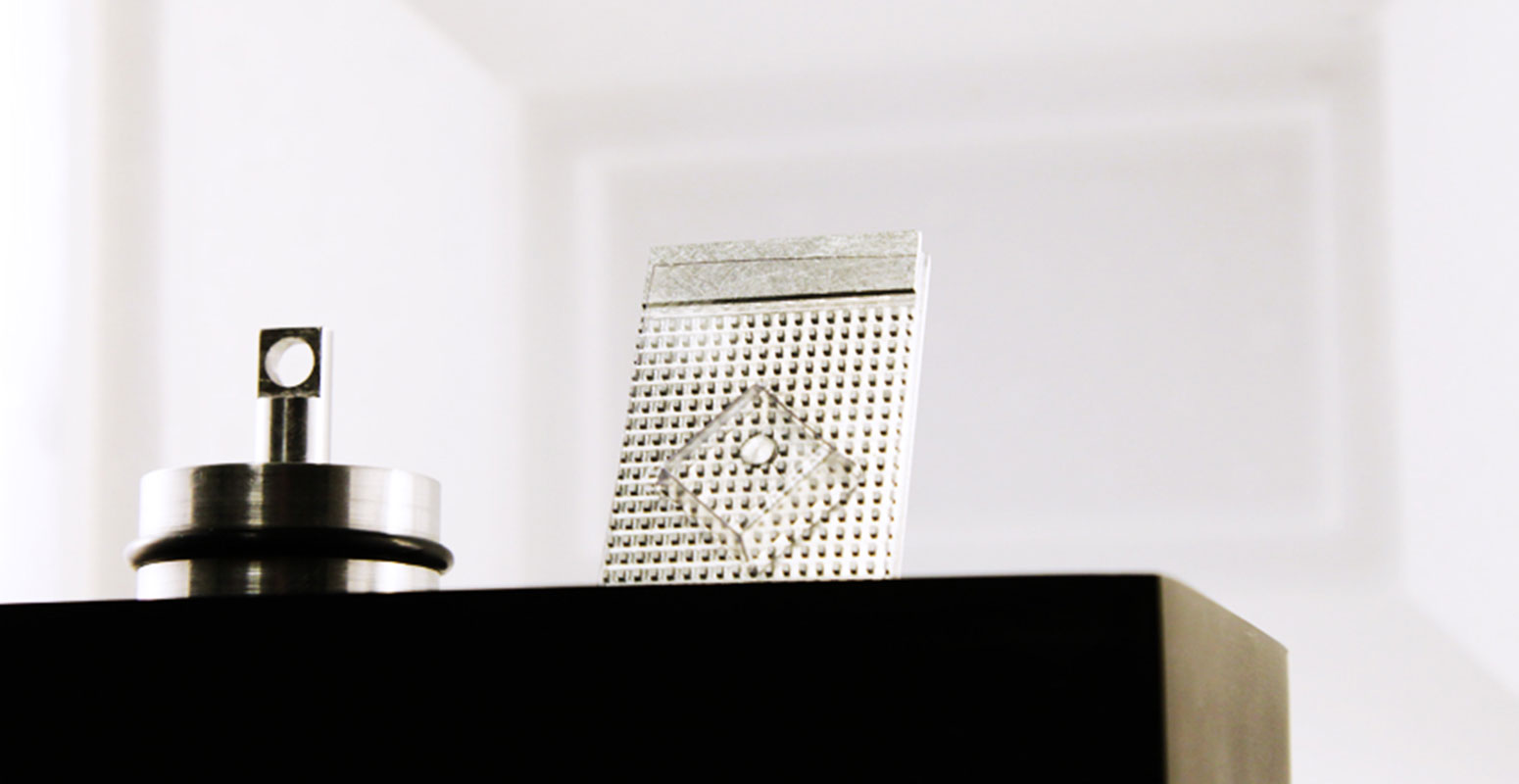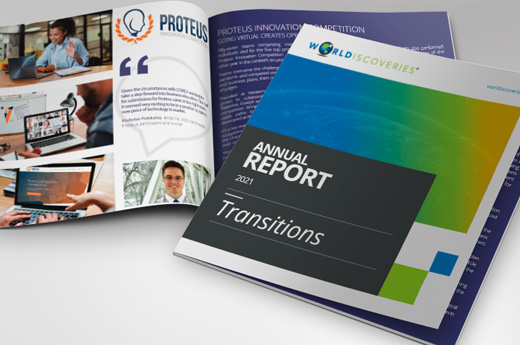There is a moment when a surgeon is removing a skin cancer, delicately cutting away as little tissue as possible, when he or she needs to know if the procedure got the entire tumour.
Any residual cancerous tissue must be removed, but the object of the Mohs surgical procedure is to make as small an excision as possible, leaving little or no evidence there was ever a cancer or an operation to remove it. This is especially important if the cancer is on the face and requires plastic reconstruction.
To remove just the right amount of tissue, the surgeon needs a precise way of seeing the ongoing results. There is no time for traditional pathology, which can take a day or more to analyze a tissue specimen. Speed and accuracy are equally important at this crucial moment, when the patient is still sedated and the surgeon has to decide whether to remove more tissue.
The traditional method of doing what amounts to instant pathology is to place a tiny tissue sample into a freezing gel, wait for it to harden and thinly slice the resulting frozen blob to get a good look at the tissue frozen inside. It is quick but not very accurate. The accepted way to improve accuracy has been to use traditional pathology, which can be a slow process.
As a result, Colin Henderson and Dr. Claire Temple, a plastic surgeon, began working on a better way to do instant analysis on tissue samples. At the time, he was a pathology technical coordinator at St. Joseph’s Hospital, in London, assisting Dr. Temple as she conducted Mohs surgeries.
Together, they tested a variety of different methods, eventually finding a way to both speed up the process and improve its accuracy.
“We built a better mousetrap,” says Henderson. “And now we’re working to get the product to doctors and pathologists around the world.”
The product is CryoCaddy, and Henderson is now focusing his energy on heading a small company that is on the verge of taking it to market. Supported by Lawson Health Research Institute and working with WORLDiscoveries, the company was started in 2011 and gained a U.S. patent in 2012. The CryoCaddy is now being tested at several locations in Canada, garnering data that have already helped enhance the product design.
The CryoCaddy improves on traditional freezing in several ways. Using an aluminum block that is cooled to -78 deg Centigrade, it flash freezes tissue samples. That is much different from traditional freezing techniques that start at -20 deg Centigrade and take longer to freeze the sample.
Because the tissue is flash frozen, it can be manipulated at room temperature beforehand and placed at an angle that allows for the most accurate analysis.
“Working with the tissue at room temperature was a break-through,” Henderson says. “We can do that because we are flash freezing the tissue. We’re not wasting time repositioning the tissue. In fact, the whole process is faster than traditional methods because it is frozen immediately.”
The sample is frozen on a metal chuck that can be labeled – a crucial detail often not available when using traditional freezing methods.
CryoCaddy is a partnership between Henderson, Lawson Health Research Institute, WORLDiscoveries, and Electro-Pack Inc. of Toronto, where the manufacturing is done. Dr. Temple, who has since returned to her hometown of Calgary, continues to test the product in her own practice.
Henderson is determined to keep the manufacturing in Canada, wherever the CryoCaddy is produced, its inventors are on the verge of changing the way doctors and pathologists around the world analyze tissue samples, an impressive accomplishment that has been worth the hard work and patience they have invested.
To learn more about CryoCaddy, visit the website at www.cryocaddy.com.


